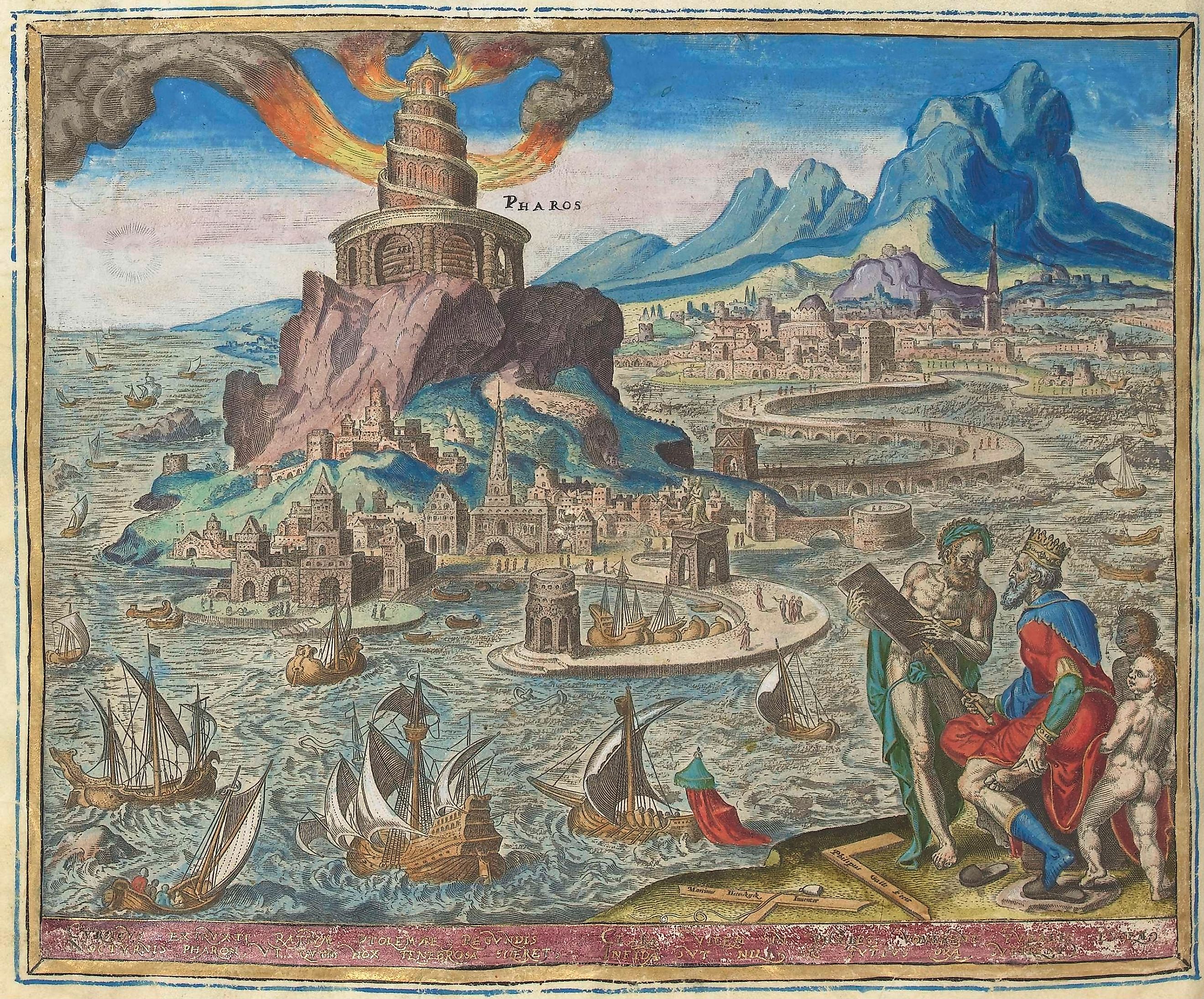
The Destruction Of The 7 Wonders Of The Ancient World
The Seven Wonders of the World refers to a series of architectural marvels that were achieved by the peoples of the Ancient World. All across Greece, Egypt, and much of the Middle East, extravagant wonders were constructed.
No matter how impressive, each ancient wonder met an untimely demise one way or another, with only the Pyramids of Gaza being able to stand the test of time. As extraordinary as the construction of these buildings is, their downfall and destruction are even more captivating.
The Seven Wonders Of The Ancient World
| Wonder | Year of Completion | Year of Destruction |
|---|---|---|
| Mausoleum of Halicarnassus | ~ 351 BC | 1100AD - 1400AD |
| Colossus of Rhodes | 282 BC | 226 BC |
| Statue of Zeus | ~ 430 BC | 426 AD |
| Lighthouse of Alexandria | 280 BC | 1323 AD |
| Temple of Artemis | 550 BC | 262 AD |
| The Hanging Gardens of Babylon | Unknown | Unknown |
| The Great Pyramids of Giza | ~ 2560 BC | Ongoing |
Mausoleum of Halicarnassus
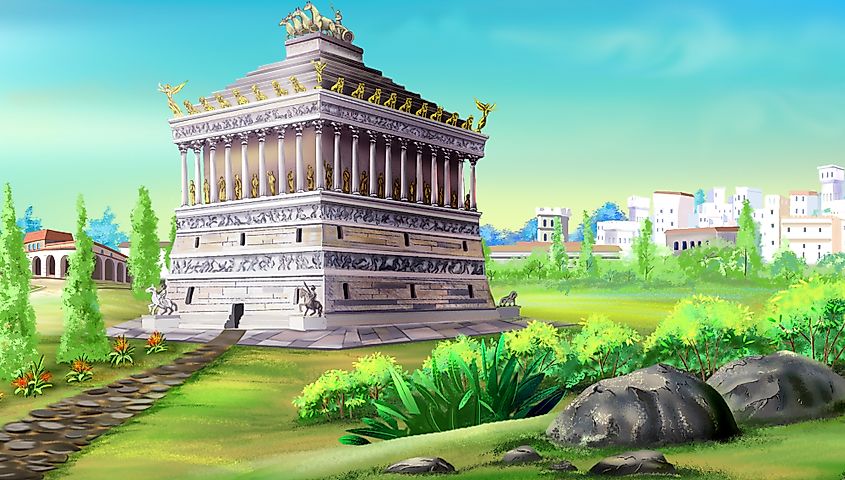
Designed by Greek architects, the Mausoleum of Halicarnassus was constructed as a grand tomb for the recently departed ruler of Caria, Mausolus. This enormous building was erected in the capital city of Caria, Halicarnassus, sometime between 353 BC - 351 BC.
By all contemporary accounts, the Mausoleum of Halicarnassus was truly massive for the time, with a total area measuring roughly 411 ft (125 m). The actual tomb itself was quite impressive. It was adorned with various artwork, columns, and other decorations.
It is not exactly clear, but historians have largely agreed that the mausoleum was destroyed by an earthquake sometime in the Medieval Era. What remained of the structure was then used by locals to build or repair new homes.
Colossus of Rhodes

The Colossus of Rhodes was a giant bronze statue built to honor the Greek god of the sun, Helios. As the name would suggest, it was constructed in the city of Rhodes. This statue is said to have stood over the mouth of the port to the city, but this is a myth that originated in Medieval times.
The actual statue stood about 105 ft (32 m) high and sat just adjacent to the port. Regardless of where it actually stood, the completion of such a feat for the time was nothing short of a miracle. Materials for the project were primarily bronze and iron; thus, it is estimated that the Colossus of Rhodes weighed as much as 225 tonnes.
The Colossus was built between 294 BC - 282 BC but only stood for a short time. Only 56 years after it was completed, the massive structure came crashing down after a devasting earthquake rocked the region. In 654 AD, what remained of the statue was scrapped by an invading Arab army.
Statue of Zeus
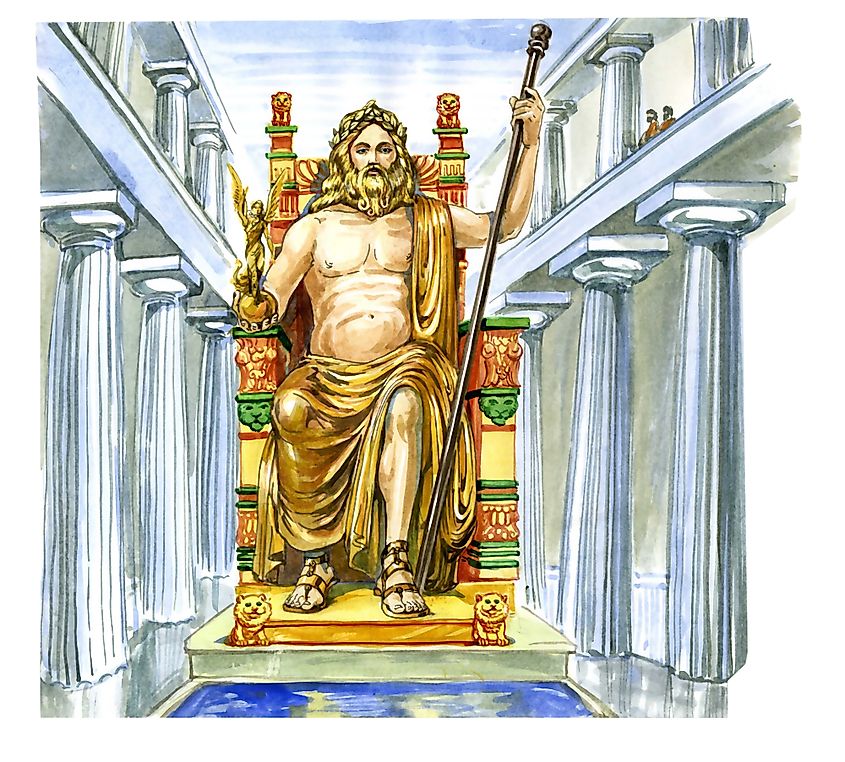
Standing at nearly 40ft (12m) tall and adorned with gold and ivory, the Statue of Zeus at Olympia was one of the more ostentatious wonders of the Ancient World. Located in Olympia, Greece, the statue was built to worship the Greek god of the sky and thunder, Zeus.
The statue of Zeus was made by the famed Greek sculptor Phidias, who also had a hand in the construction of the Parthenon in Athens. It is estimated that it took Phidias and a team of workers at least eight years to finish this masterpiece.
The statue met its end in the early 5th century AD when the temple, and likely the statue itself, was lost in a fire. There are rumors that the statue was then taken to Constantinople, but it was claimed by another fire decades later. But these claims are based on little evidence.
Lighthouse of Alexandria
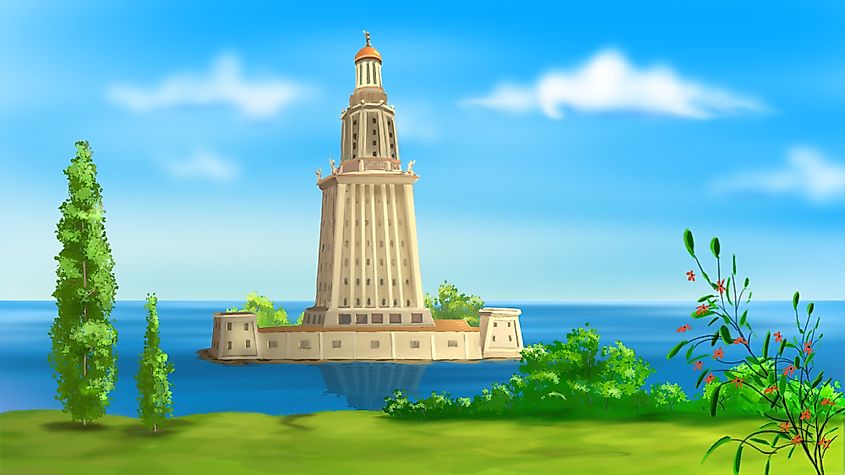
The Lighthouse of Alexandria was built during the reign of the Ptolemaic Dynasty in Egypt. The Ptolemaic Dynasty hailed from Ptolemy, a leading general in the army of Alexander the Great. The lighthouse itself was built under the command of Ptolemy I Soter but was not completed until after his death in 280 BC.
The lighthouse was placed on an island at the mouth of Alexandria's harbor. Alexandria was one of the richest and largest cities in the Ancient World and was the nexus for various trade routes, many of which relied on sea travel.
Standing at an impressive 350 ft (110 m) tall, at the time, it was one of the largest man-made structures only topped by the Great Pyramids. The Lighthouse of Alexandria was able to outlive many of its contemporary wonders. It was able to endure a handful of earthquakes over the centuries but was finally bested in 1323 AD.
Temple of Artemis
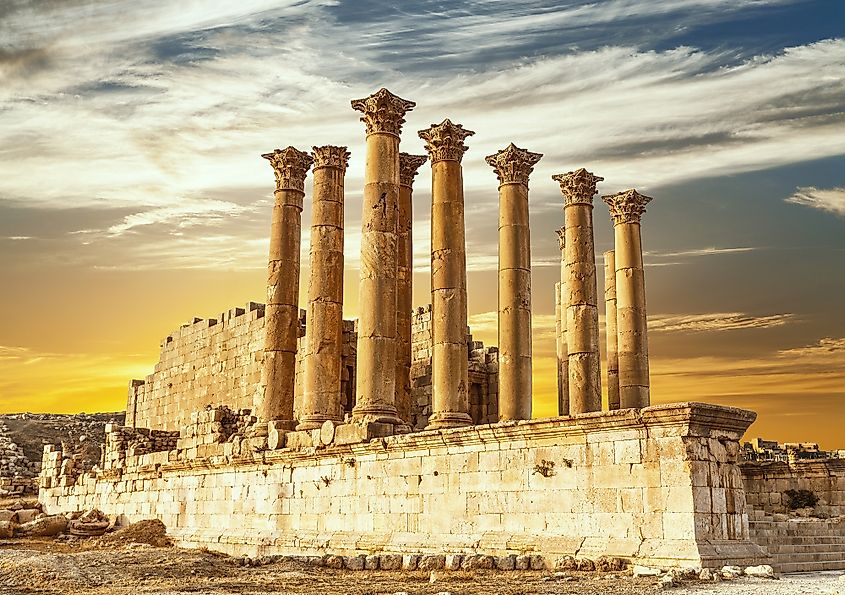
The Temple of Artemis was built in 550 BC by the king of Lydia, Croesus. This temple was constructed to honor Artemis, the Greek goddess of animals, hunting, and childbirth. The Temple of Artemis was almost destroyed early on by an arsonist in 356 BC, but the damage that was inflicted was eventually repaired.
The Temple of Artemis was famous for the stunning works of art that were a part of the building. Skilled craftsmen, throughout the centuries, made sure to keep the temple in tip-top shape with new statues and columns that might need attention.
The temple was eventually destroyed in the 3rd century AD after a marauding army of Goths rampaged their way through the Balkans and into Asia Minor. This time, when the temple was destroyed, the Romans did not bother to rebuild it.
The Hanging Gardens of Babylon
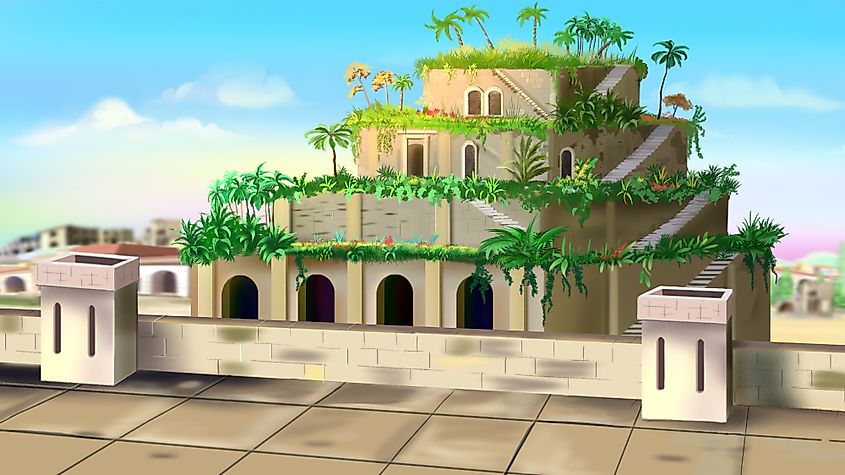
Of all the ancient wonders, information regarding the Hanging Gardens of Babylon remains the patchiest. What this wonder would have looked like is not agreed upon. Some theorized that the gardens were built in a multilayered tower, whereas others argue that the gardens were simply a series of rooftop terraces.
Even the exact location of where the Hanging Garden were built is unknown. Regardless, according to ancient records, the gardens were built to console the grieving wife of King Nebuchadrezzar II. Sources claim that these gardens were built near the royal palace and were irrigated by a complex system of pumps that fed into the Euphrates River.
The exact fate of the gardens is just as mysterious as their construction and true location. There are some that are almost certain that the gardens either never existed or were an exaggeration from Greek chroniclers who had never actually seen them firsthand. Until more solid archeological evidence is revealed, we might never know for sure.
The Great Pyramids of Giza

The most easily recognized wonder from the Ancient World is undoubtedly the Great Pyramids of Giza. The exact date of their construction is not entirely clear, but it is estimated that they finished construction sometime around 2560 BC during the 4th Dynasty.
The Khufu Pyramid, the largest of the three, is 755 ft (230 m) long on each side and was 481 ft (147 m) tall at the time of its construction. The Khufu Pyramid (also referred to as the Great Pyramid) was the largest man-made structure ever built well into the Modern Era.
How the Ancient Egyptians were able to build such truly awesome structures has been the source of countless theories and conspiracy theories. It was widely theorized that the use of mass slave labor was able to get the job done, but discoveries suggest that it was likely the work of skilled craftsmen. Regardless of how it was built, it remains the only wonder from the Ancient World that is still standing today.
Final Thoughts
Even though the majority of these exceptional wonders are no longer with us, their legacy, along with the legacy of the people who built them, still lives on. Even if all we have left of these astounding achievements is a few ruins or the secondhand accounts of ancient sources, these monuments to human ingenuity and perseverance are sure to capture the minds and imaginations of generations to come.











